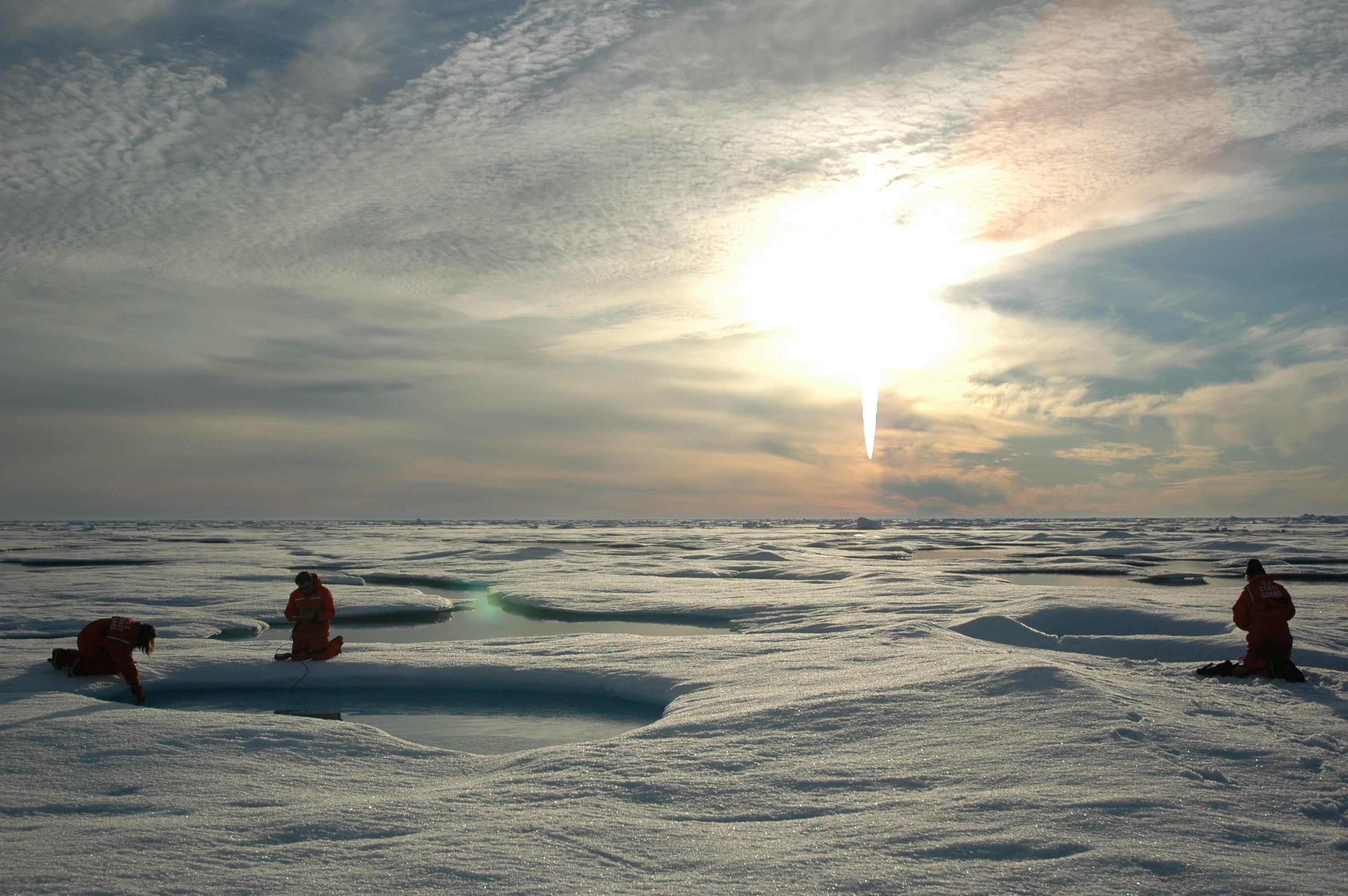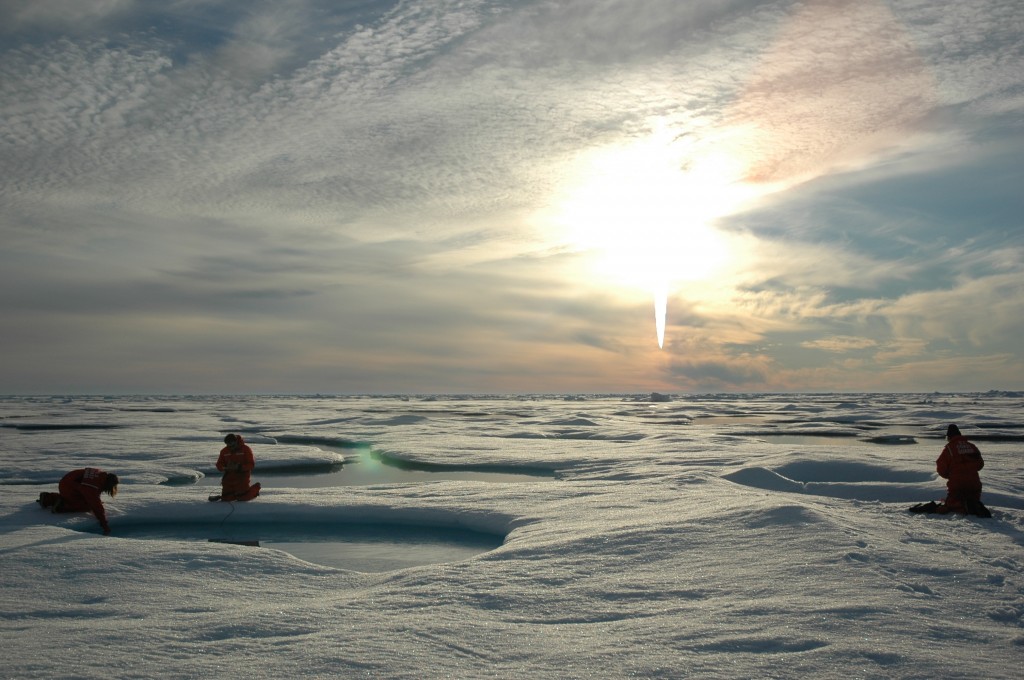
Norway’s Arctic Strategy: Profitability and Environmental Responsibility
 Norway is one of five countries with territorial claims in the Arctic and has been actively opening up its continental shelf for oil and gas development. As the U.S. is in the early stages of expanding oil drilling in the Arctic, Norway may offer a model on prudent oil and gas development in such a remote region.
Norway is one of five countries with territorial claims in the Arctic and has been actively opening up its continental shelf for oil and gas development. As the U.S. is in the early stages of expanding oil drilling in the Arctic, Norway may offer a model on prudent oil and gas development in such a remote region.
While speaking at an event at the Brookings Institution on November 9th, 2012, the Minister of Petroleum and Energy for the Kingdom of Norway, Ola Borten Moe, emphasized his strategy to managing resources in the Arctic in a way that is environmentally responsible.
Norway’s strategy for petroleum exploitation has been focused on four areas: profitably developing existing fields, increasing production recovery rates, finding new discoveries in areas already open for development, and pushing the government to open new areas for exploration. According to Minister Moe, success comes only when all four are performing well.
Norway has been dedicated to incrementally opening up new areas for petroleum extraction activities, especially in the Arctic, but after 40 years of resource extraction, half of the potential area available for exploration has yet to be opened. This past June, 72 license blocks, out of 86 blocks offered up for resource development, were in the Arctic Circle. Statoil, Norway’s state-owned oil and gas company, will be taking advantage of this and will run a non-stop Arctic exploration campaign and drill nine wells in 2013. It is estimated that by 2020, 400,000 to 500,000 barrels of oil equivalents could be produced per day in the Barents Sea.
Minister Moe pointed out that technological innovation can minimize the environmental risks of drilling in such an extreme environment. For example, Norway has been utilizing subsea drilling technology in the Arctic. This would help prevent the type of accidents such as Exxon Valdez, according to Norway’s Foreign Minister Espen Barth Eide. Also, specialized drills designed for the Arctic environment are in the works.
During the event, Minister Moe also took the opportunity to announce the start of a Research and Competence Center to tackle the challenges of petroleum activities in the Arctic and to forge collaborations with leading research communities in Norway and abroad.
The thinning of Arctic ice will open the region up for greater resource extraction and the United States will have to decide how it will approach its Arctic future. With an estimated 90 Billion barrels of oil and 1,670 Trillion Cubic Feet of Natural Gas in the Arctic Circle, according to the US Geological Society, the Arctic presents a critical opportunity. Norway could be a role model for the US as an Arctic state that has thus far successfully balanced development with safety and environmental protection.
Minister Moe said that “the Arctic is not a lawless space… UNCLOS which is the United Nations Convention on the Law of the Seas for continental shelves may leave less than 10 percent of the Arctic Ocean not under coastal state jurisdiction.” Ratifying UNCLOS would expand the U.S’s international legal jurisdiction in the Arctic. The U.S. would also gain rights to 600 miles of extended continental shelf. UNCLOS’s ratification is essential for America’s Arctic future.
As Minister Moe remarked,
“Why [the ratification of UNCLOS in the US] has not happened yet is puzzling to me.”
Additional Resources:
https://www.americansecurityproject.org/issues/american-competitiveness/law-of-the-sea/







[…] 7https://www.americansecurityproject.org/blog/2012/norways-arctic-strategy-profitability-and-environmental… 8State of the Environment Norway (http://www.environment.no/Topics/Norway/) 9Wikipedia (http://en.wikipedia.org/wiki/List_of_the_largest_companies_of_Norway) […]